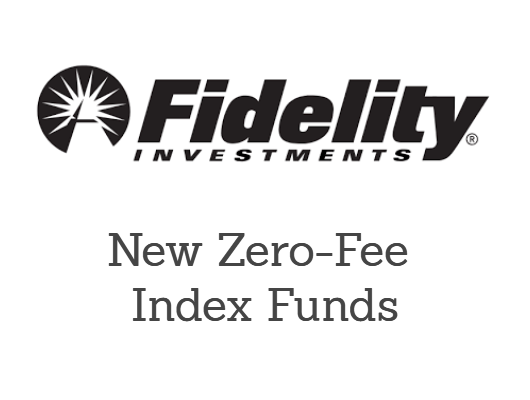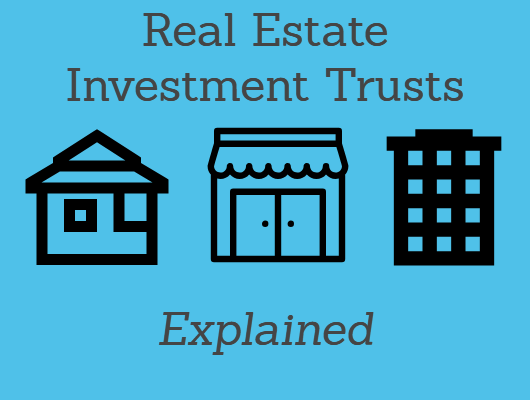First up is the Eastern Company, which trades as EML on the Nasdaq. The company has been in business for 160 years, and has a track record of 75 years of never missing a dividend payment. You could be forgiven for thinking it was a sleepy little company.
However, change is in the air that has put this company into play. Eastern manufactures a variety of specialty products. Their largest category are industrial hardware, namely latches, locks, vents, and panels primarily used in vehicles. The company also makes custom locks for applications such as vending machines, along with metal casings.
The company has been doing its thing for decades now with relatively little change. However, an activist investor has climbed on board, in the form of Barington Capital, that is trying to move the company toward a more shareholder-friendly outlook.
In addition, a bid was made to takeover the company at $21/share earlier this year. The company rejected it as too low. Despite that, shares still trade at just $18, perhaps due to one of Eastern’s large investors going out of business and having to liquidate its stake.
The company’s financial performance has been strong, with revenues and earnings rising nicely over the past five years. Now, the company is bidding for a transformative contract with the military for the upcoming Joint Light Tactical Vehicle market. A win there would be a windfall for investors.
Neff Corp, traded as NEFF on the New York Stock Exchange has been a disappointing IPO thus far. Since going public recently, shares are down by almost half. That may soon change.
Neff is a leading firm in the machinery rental space across the Sun Belt. The company rents equipment for infrastructure building and repair, homebuilding, commercial building, and energy-related projects. The last one has caused plenty of investor concern, as oil prices have slumped. But energy only accounts for 7% of the company’s business, it’s not a major concern.
The company has grown tremendously over the past five years. Its revenues have grown at a 13% compounded since 2011, and EBITDA is up 23% a year since 2011.
With the recent plunge in the company’s share price, this growth is completely unreflected in the company’s valuation; shares now trade at a rather surprising 7x earnings. Dirt cheap.
Investors are concerned about the company’s debtload and exposure to energy markets. These are more than accounted for by the company’s depressed share price. As the company continues to grow, shares should turn much higher.
Finally, we have Employers Holdings, which trades as EIG on the New York Stock Exchange. Employers Holdings is a niche provider of insurance services, focused on, as the name would hint, worker’s compensation policies.
Shares of Employers Holdings have been quite flat over the past few years, despite the fact that earnings, revenue, and book value have all soared during that stretch. However, until recently, shares have been held down despite the improving state of the business’ operations.
Investors had been concerned that new laws passed in California that regulated insurance would hurt the company’s profitability. It’s true that Employers Holdings gets roughly half its business from California, so that was a valid concern. The new laws have been in place for more than a year now without stopping the company from growing its profits or revenues so that danger has passed.
Workers comp is a great type of insurance policy, in that you sell receive premiums upfront and don’t have to pay out on claims for decades into the future. Employers Holdings gets to invest that money for years, or decades, earning profit in the meantime.
The company is currently trading at less than 9 times earnings despite having a track record of growing revenues at 20% a year for the past half-decade. Now with interest rates starting to tick up, the company’s investments will earn more interest, adding another positive lever to the company’s growth story.
A new all-time high for the company’s shares should be achieved in 2016, with a $35 stock price being quite plausible.


